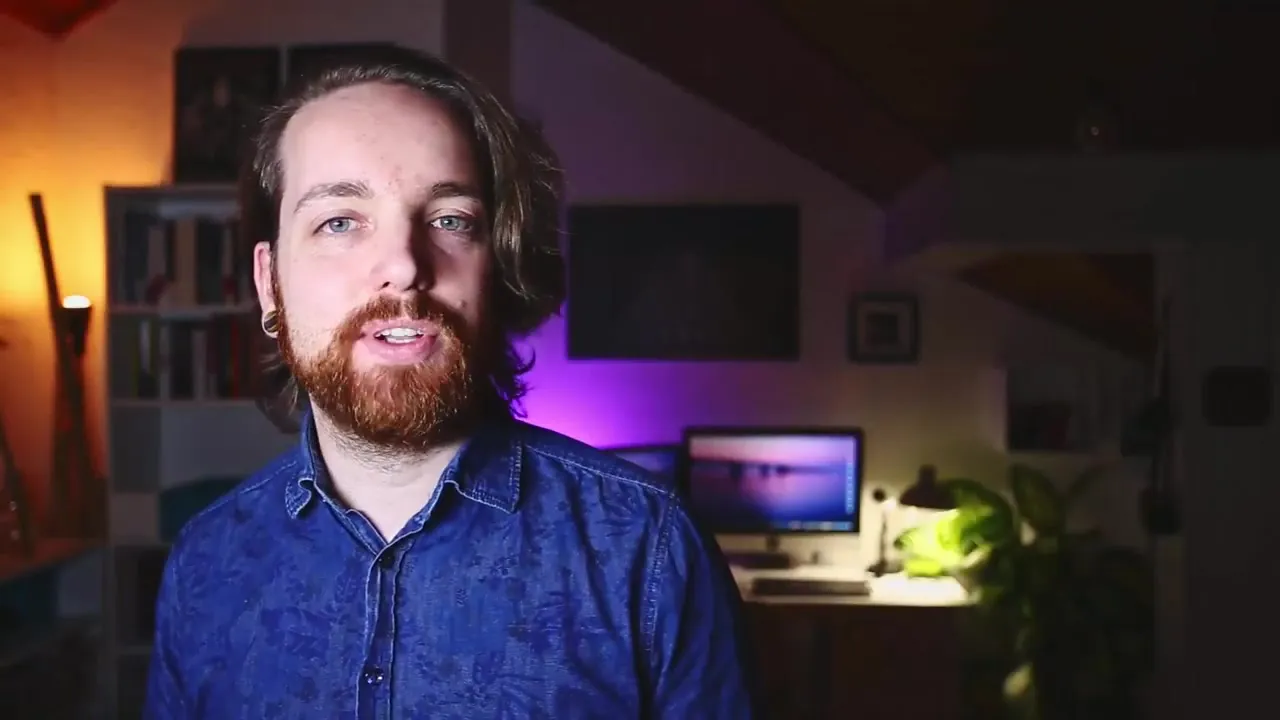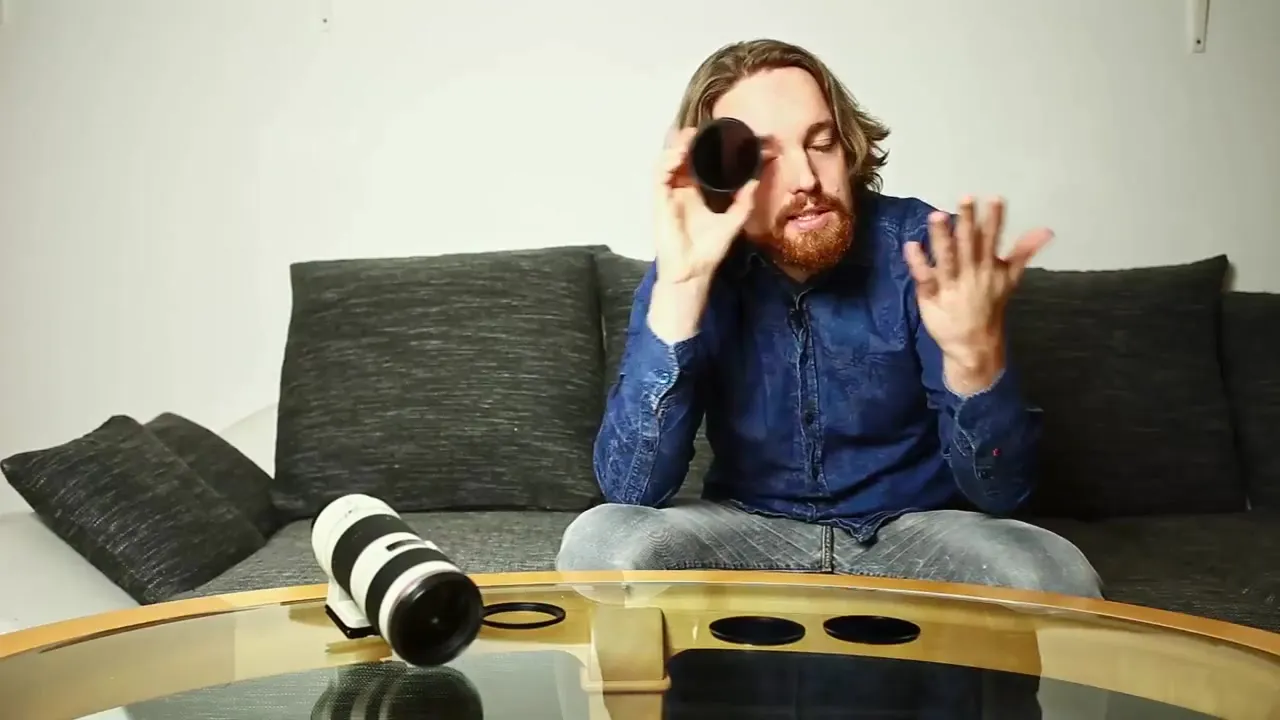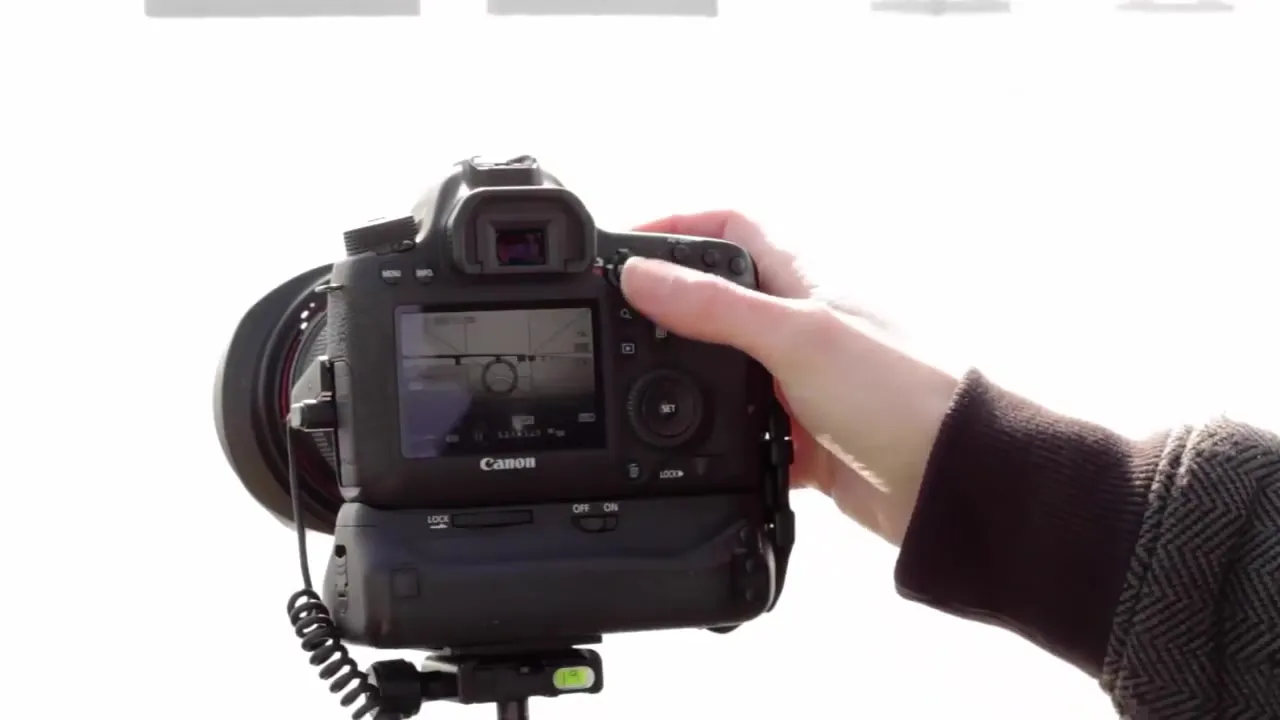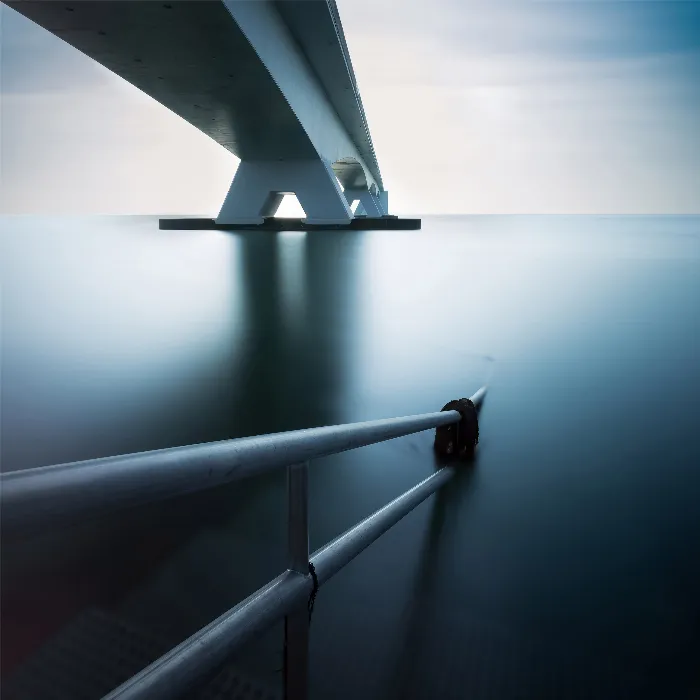Creating long exposures is an art form that can elevate your photographic skills to a new level. In this course "Long Exposures from A to Z", you will learn how to achieve the perfect long exposure in any situation. The course, led by Tobias Gausch, an experienced photographer with over 10 years of experience, will equip you with the necessary skills to get the most out of your images.
Key Insights After completing this course, you will:
- Understand the various features and requirements for long exposures.
- Know exactly how to use your equipment effectively.
- Properly set your camera to achieve impressive results.
- Master the application of filters, especially neutral density filters.
- Learn various techniques to create creative effects.
Step-by-Step Guide
1. Understand the Basics of Long Exposure
To achieve effective long exposures, it is important to master the basics. You need to know what a long exposure is and what factors are involved. This includes exposure time, aperture, and ISO. These parameters influence how much light hits your camera's sensor and how movements are represented in the image.

2. Choose the Right Equipment
For successful long exposures, you need the right equipment. A sturdy tripod is essential to avoid camera shake. Furthermore, you will learn what type of remote trigger is useful to control the camera shutter without touching the camera itself. The right equipment is key to creating the best conditions for your shots.
3. Properly Set Your Camera
Your camera must be set to manual mode or bulb mode for long exposures. These settings allow you to choose the exposure time yourself. Here, you will learn how to make the various adjustments to achieve the desired results. It is crucial that you are familiar with your camera's menus and know how to set the aperture, ISO, and exposure time correctly.

4. Choose the Right Filter
Neutral density filters are specifically designed for long exposures and reduce the amount of light hitting the camera sensor. In this step, you will learn about the different types of neutral density filters, understand their application, and determine which filter is best suited for your specific conditions.
5. Image Composition
Before you begin shooting, image composition is crucial. You will learn how to arrange the various elements of your subject and effectively design the composition to create visually appealing images. Consider what perspective and angle will add more tension to your image.
6. Outdoor Shooting
Together with Tobias, you will go on an outdoor shoot. He will show you on-site how he sets up his camera and builds an image step by step. This hands-on experience will help you apply the theory in practice. You will learn how to stabilize the camera, adjust the settings, and choose the right exposure time.

7. Post-Processing
After the shots are taken, we move on to post-processing. You will discover various techniques to enhance your images and give them the finishing touches. Here you will learn how to intensify contrasts, adjust colors, and possibly remove distracting elements. Post-processing is often the crucial step to fully realize the potential of your long exposures.
Summary – Mastering Long Exposures
You now have a comprehensive overview of the key steps and techniques to successfully create long exposures. From understanding the basics to practical application and post-processing – this course provides you with all the tools you need to achieve impressive results.
Frequently Asked Questions
What is a long exposure?A long exposure is a photography technique where the shutter speed is set longer than usual to capture movement in the image.
Do I need special filters for long exposures?Yes, neutral density filters are essential to reduce light and allow for longer exposure times.
Can I make long exposures with any camera?Not every camera is suitable. You need a camera with manual or bulb mode.
How important is a tripod for long exposures?A stable tripod is very important to avoid shake and obtain clear images.
How do I edit long exposures?Post-processing includes adjusting contrasts, colors, and removing distracting elements to optimize your images.

